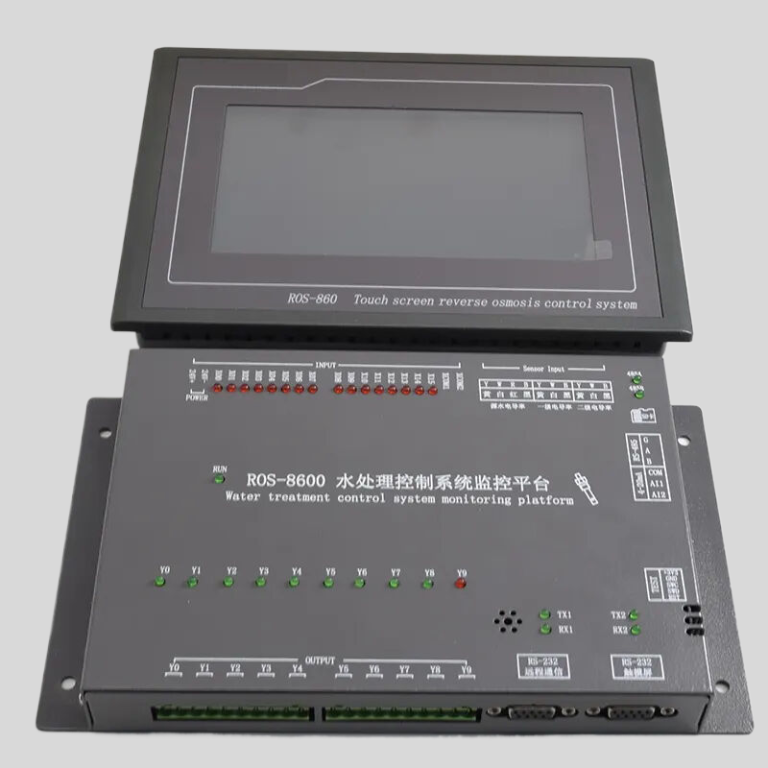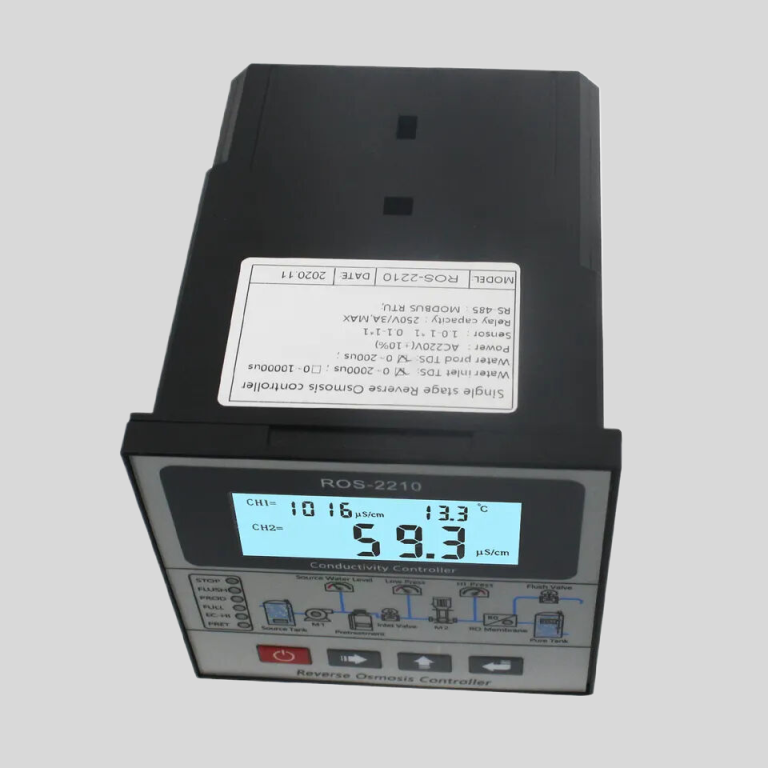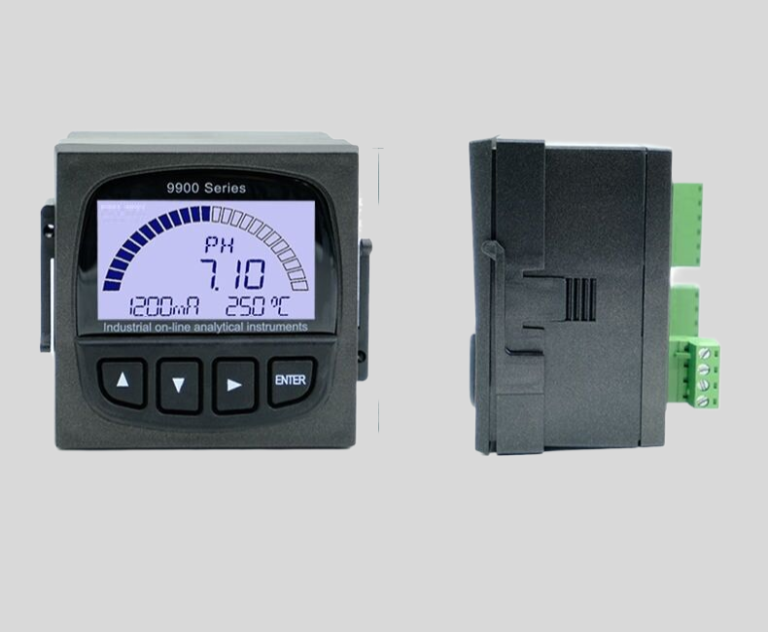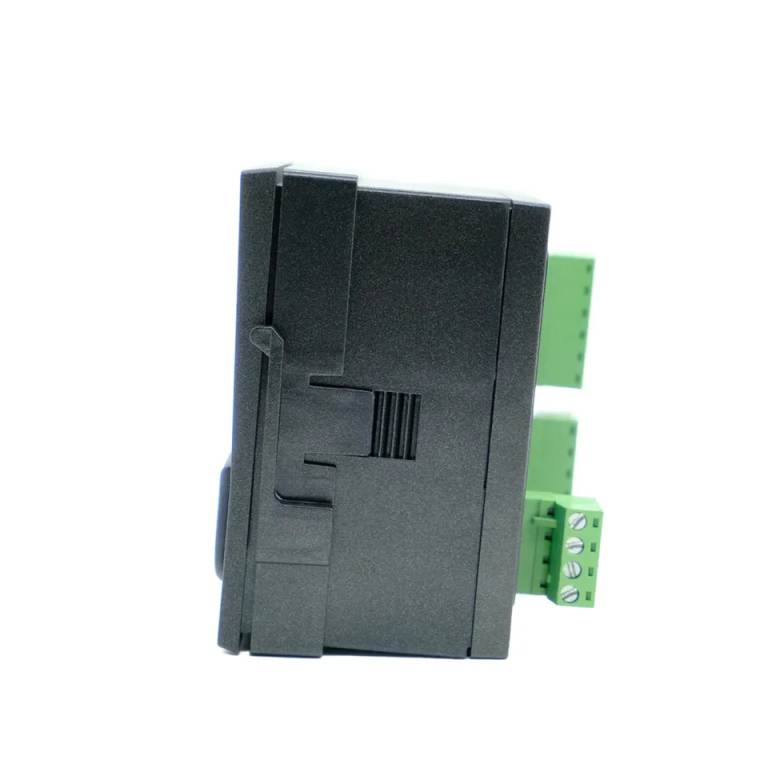The Truth About TDS Meters: Debunking Common Myths
The Truth About TDS Meters: Debunking Common Myths
| ROC-2315 ro controller instruction (220V) | |||
| Model | ROC-2315 | ||
| Single detection | Dry Contact input | Raw water no water protection | |
| (six channels) | Low-pressure protection | ||
| High-pressure protection | |||
| Pure water tank high level | |||
| External control mode signal | |||
| Running reset | |||
| Control port | Dry Contact output | Raw water pump | SPST-NO low capacity : AC220V/3A Max ;AC110V/5A Max |
| (five channels) | Inlet valve | ||
| High pressure pump | |||
| Flush valve | |||
| Conductivity over-limit drainge valve | |||
| Measurement detection point | Product water conductivity and with Automatic Temperature compensation (0~50)℃ | ||
| Measurement range | Conductivity : 0.1~200μS/cm/1~2000μS/cm/10~999μS/cm (with different conductivity sensor ) | ||
| Product water temp. : 0~50℃ | |||
| Accuracy | 1.5 level | ||
| Power supply | AC220V (±10%) , 50/60Hz | ||
| Working environment | Temperature:(0~50)℃ ; | ||
| Relative Humidity :≤85%RH (no condensation ) | |||
| Dimension | 96×96×130mm( height ×width×depth) | ||
| Hole size | 91×91mm(height ×width) | ||
| Installation | Panel mounted ,fast installtion | ||
| Certification | CE | ||
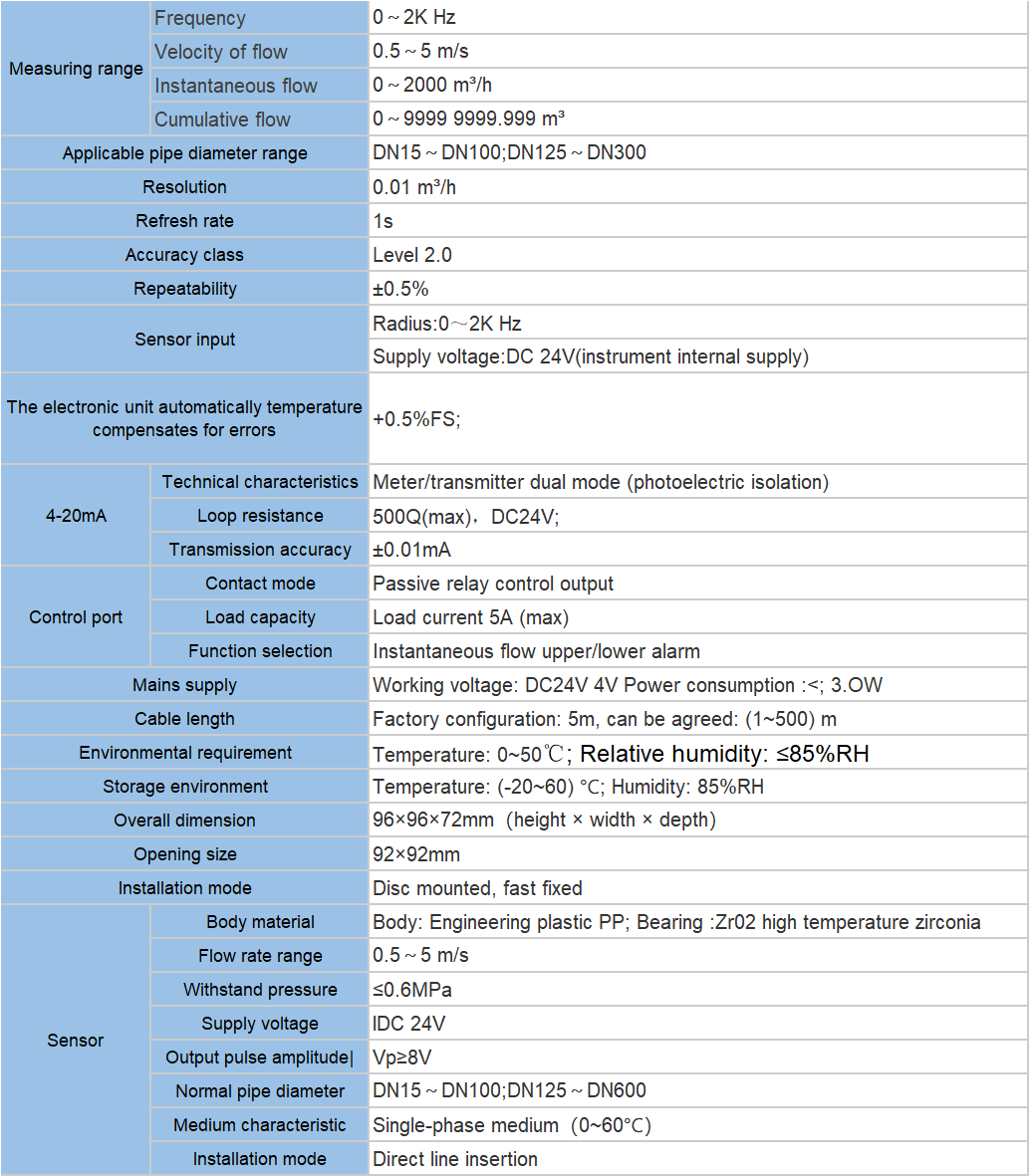
TDS meters have become increasingly popular in recent years, especially among those concerned about the quality of their drinking water. These devices are designed to measure the total dissolved solids (TDS) in water, providing users with an indication of its purity. However, there are several common myths surrounding TDS meters that need to be debunked in order to gain a clearer understanding of their limitations and usefulness.
| Instrument model | FET-8920 | |
| Measurement range | Instantaneous flow | (0~2000)m3/h |
| Accumulative flow | (0~99999999)m3 | |
| Flow rate | (0.5~5)m/s | |
| Resolution | 0.001m3/h | |
| Accuracy level | Less than 2.5% RS or 0.025m/s.whichever is the largest | |
| Conductivity | >20μS/cm | |
| (4~20)mA output | Number of channels | Single channel |
| Technical features | Isolated,reversible,adjustable, meter/transmission dual mode | |
| Loop resistance | 400Ω(Max), DC 24V | |
| Transmission accuracy | ±0.1mA | |
| Control output | Number of channels | Single channel |
| Electrical contact | Semiconductor photoelectric relay | |
| Load capacity | 50mA(Max), DC 30V | |
| Control mode | Instantaneous amount upper/lower limit alarm | |
| Digital output | RS485(MODBUS protocol ),Impulse output1KHz | |
| Working power | Power supply | DC 9~28V |
| source | Power Consumption | ≤3.0W |
| Diameter | DN40~DN300(can be customized) | |
| Working environment | Temperature:(0~50) ℃; Relative humidity: ≤85%RH(none condensation) | |
| Storage environment | Temperature:(-20~60) ℃; Relative humidity: ≤85%RH(none condensation) | |
| Protection grade | IP65 | |
| Installation method | Insertion pipeline installation | |
One of the most common misconceptions about TDS meters is that high TDS levels indicate poor water quality. While it is true that certain dissolved solids, such as heavy metals or harmful chemicals, can negatively impact water quality, not all dissolved solids are harmful. In fact, many essential minerals like calcium and magnesium are considered dissolved solids and are beneficial to human health. Therefore, it is important to assess TDS levels in conjunction with other water quality parameters to get a comprehensive understanding of water purity.
Furthermore, some people believe that TDS meters can be used to determine the effectiveness of water filtration systems. While TDS meters can give an indication of the reduction in dissolved solids after filtration, they do not provide information about the removal of specific contaminants. Water filtration systems are designed to target specific contaminants, and their effectiveness should be evaluated based on independent laboratory testing rather than TDS Meter readings.
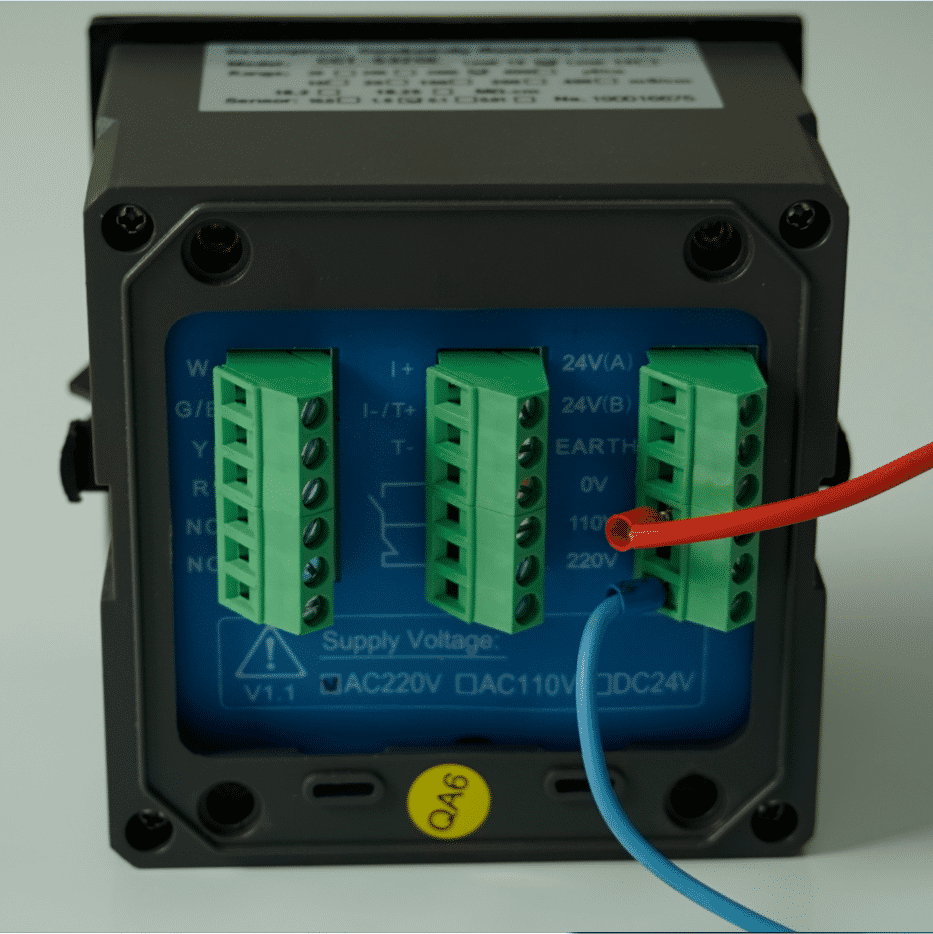
In conclusion, TDS meters can be useful tools for assessing the general purity of water by measuring the concentration of dissolved solids. However, it is crucial to understand their limitations and not rely solely on TDS meter readings to determine water quality. High TDS levels do not necessarily indicate poor water quality, and additional testing is required to identify specific contaminants. Water filtration system effectiveness should be evaluated through independent laboratory testing rather than relying on TDS meter readings. By debunking these common myths, we can gain a better understanding of the role TDS meters play in assessing water quality

